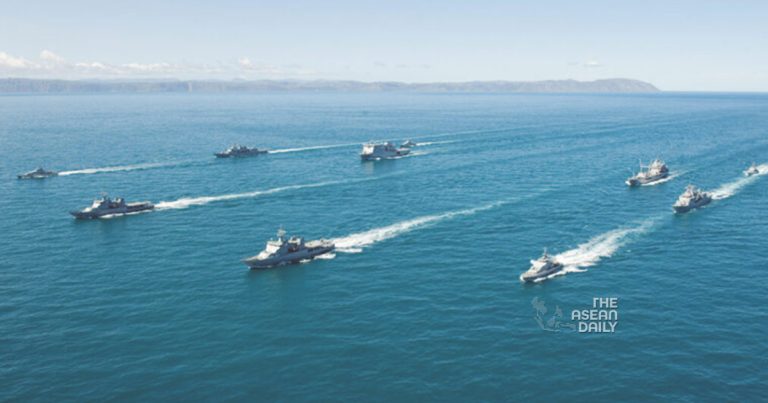28-9-2024 (MANILA) Australia and the Philippines have announced plans for a joint maritime activity within the Philippines’ exclusive economic zone. The exercise, which will include participation from Japan, New Zealand, and the United States, is poised to take place in one of Asia’s most geopolitically sensitive areas.
Australia’s Department of Defence released a statement on Saturday, emphasising that the “Maritime Cooperative Activity demonstrates our collective commitment to strengthen regional and international cooperation in support of a peaceful, stable and prosperous Indo-Pacific”. The Australian contribution will include the navy ship HMAS Sydney and a Royal Australian Air Force P-8A Poseidon maritime patrol aircraft, both of which will operate alongside vessels and aircraft from partner nations.
This joint exercise comes at a time of heightened tensions in the South China Sea, particularly between the Philippines and China. Recent months have seen a series of air and sea encounters between the two nations, with disputes centring on contested areas such as the Scarborough Shoal, a feature that has been under Chinese coast guard control for over a decade.
The announcement follows closely on the heels of a provocative move by New Zealand and Australian naval vessels, which sailed through the Taiwan Strait on Wednesday. Australia’s Department of Defence framed this action as a demonstration of the country’s commitment to “an open, stable and prosperous Indo-Pacific”. However, such transits are typically viewed with suspicion by China, which claims sovereignty over Taiwan and the surrounding waters.
Australian Foreign Minister Penny Wong addressed these regional tensions in her speech to the United Nations General Assembly on Saturday. Wong stated that Australia has “consistently pressed China on peace and stability in the South China Sea and Taiwan Strait”, while also welcoming the recent resumption of high-level dialogue between the United States and China.
The planned maritime activity is likely to be viewed as a challenge to China’s expansive claims in the South China Sea, which encompass nearly the entire body of water. These claims overlap with the maritime boundaries of several Southeast Asian nations, including Brunei, Malaysia, the Philippines, and Vietnam, creating a complex web of territorial disputes.




